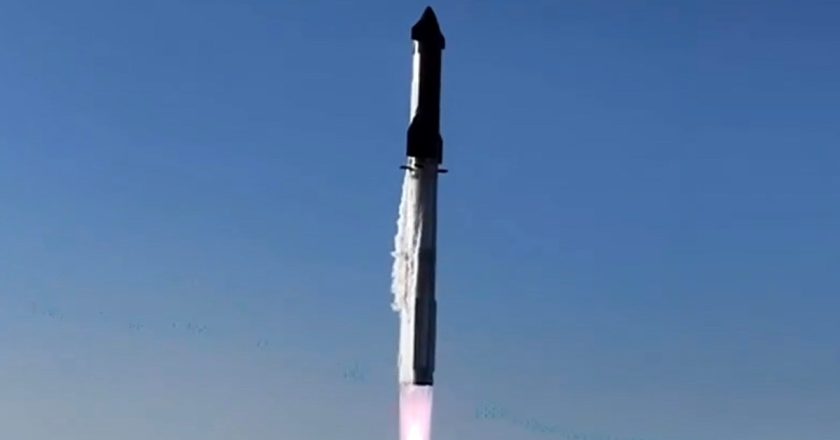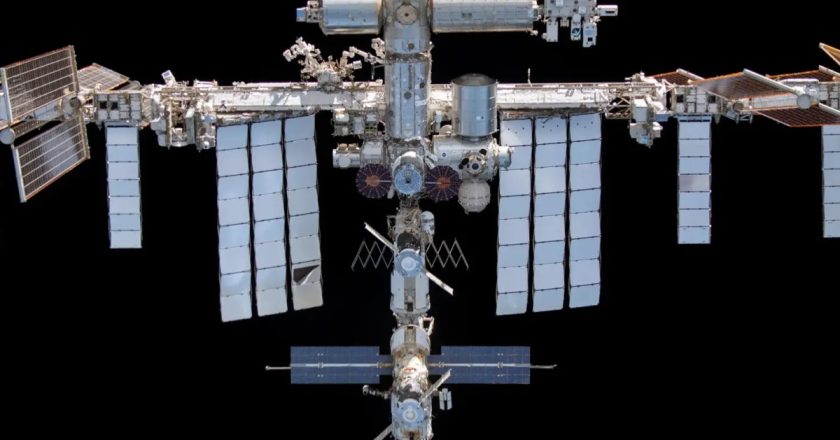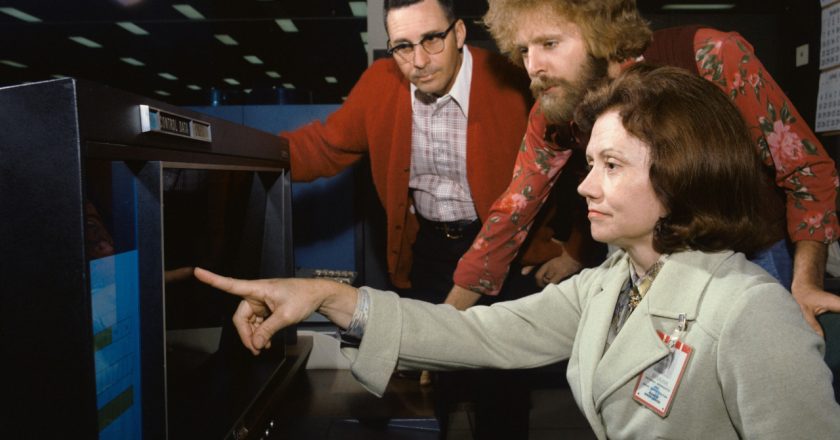Firefly sets January launch date for first lunar lander mission
WASHINGTON — Firefly Aerospace says it is planning a launch of its first lunar lander mission in January, meaning that none of the three commercial lander missions once slated to launch in the fourth quarter of this year will do so.
Firefly announced Nov. 25 that it is planning to launch its Blue Ghost 1 lander mission during a six-day window in mid-January. The spacecraft will launch on a SpaceX Falcon 9 from Florida.
The announcement of the launch date came after the spacecraft completed testing in October at NASA’s Jet Propulsion Laboratory. “Blue Ghost aced environmental testing and proved the lander is performing 100% as expected,” Jason Kim, chief executive of Firefly, said in the statement announcing the launch date. “While we know there will be more challenges ahead, I’m c...




